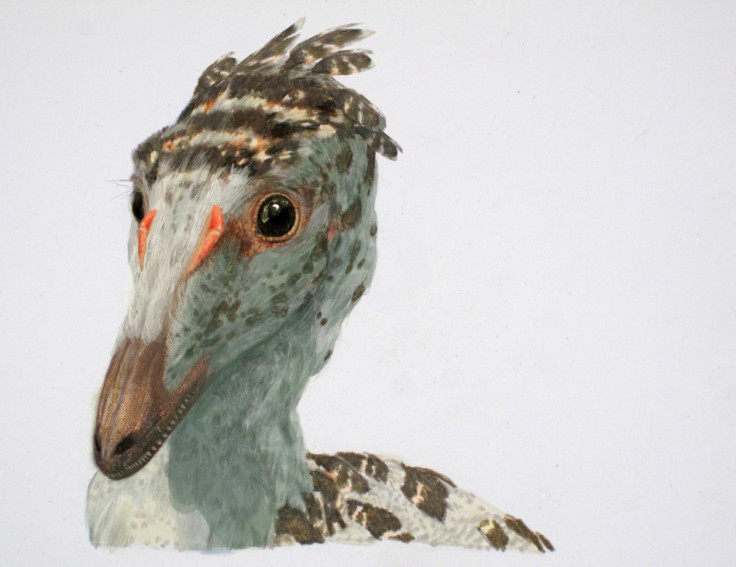Some Dinosaurs Edging Towards Extinction Before Fateful Asteroid: Study

The asteroid believed to have destroyed the dinosaurs (except for those that went on to become birds) may have just been the final blow for some species that were already on the decline, a new study claims.
Large herbivorous dinosaurs in North America -- including ceratopsids like Triceratops and the duck-billed hadrosaurs -- were becoming less and less biologically diverse and more anatomically uniform in the 10 million years leading up to the mass extinction event 65 million years ago, according to research led by scientists from the American Museum of Natural History in New York .
Less biological variability may indicate that a dinosaur species was becoming more genetically uniform -- and perhaps less able to adapt to environmental changes wrought by asteroid impacts or an increase in volcanic activity, which are thought to be the prime suspects in the deaths of the dinosaurs.
However, the decline in biodiversity the scientists observed amongst some species in the late Cretaceous wasn't universal. During that same time period, the biodiversity within species of carnivorous dinosaurs, smaller herbivores and some dinosaurs in Asia was relatively stable.
The take-home message is that different groups of dinosaurs were doing different things, lead author and AMNH paleontologist Stephen L. Brusatte said in a telephone interview. That asteroid was not hitting a static lost world, but a world in which dinosaurs were and had been evolving.
The team reported their results on Tuesday in the journal Nature Communications.
To measure diversity within dinosaur species, Brusatte and his colleagues examined the fossil record for more than 150 dinosaur species, focusing on samples from throughout the late Campanian (77-70.5 million years ago) and the late Maastrichtian (70.5 -65 million years ago) periods.
They looked for small differences in the skeletal anatomy of dinosaurs from the same species that lived in the same time period. The differences could be the absence or presence of a certain bone, or an observable variability in the size and shape of certain bones.
By comparing the diversity between various time periods, the researchers were able to get an idea of whether the species was becoming more or less anatomically diverse as the fateful asteroid approached.
A decline in anatomical diversity within a species may signal a decline in genetic diversity, according to Brusatte.
One example that Brusatte points to is a subfamily of horned dinosaurs called Centrosaurinae. More than 10 million years before the mass extinction event, these dinosaurs boasted an amazing diversity of nasal horns: some were pointed, others curved over like can openers, and others weren't really horns at all, but rounder, more massive structures called nasal bosses.
But in the millennia leading up to the big impact, the Centrosaurids became more and more uniform, Brusatte says.
The researchers found that all North American ceratopsids, in fact, were showing significant decreases in skeletal diversity between the late Campanian and the Maastrichtian periods. Hadrosauroids in North America also declined, but Asian hadrosaurs actually showed a slight upward trend in diversity.
Previous studies have approached dinosaur biodiversity from a different angle. They focused on the numbers of different species present at a certain point in the fossil record and how that figure changed over time.
These kinds of studies, though, are biased by an uneven fossil record. What's left behind may not be an accurate picture of how many species were around at that time, according to Brusatte.
There's certain periods of time where we just have more fossils. It really clouds our ability to accurately measure biodiversity this way, Brusatte says.
Of course, there are limits to the anatomical variability analysis conducted by Brusatte and his team as well. Most of the good fossils scientists have from the late Cretaceous period are from North America and Asia, and any kind of biodiversity conclusions drawn from them may be just a snapshot of the trends in those regions .
It's unclear whether declining biodiversity would have spelled doom for the Triceratops, or if it was just a blip in its evolutionary path that would have been overcome, Brusatte says.
But thanks to events 65 million years ago, we'll never know.
© Copyright IBTimes 2024. All rights reserved.





















